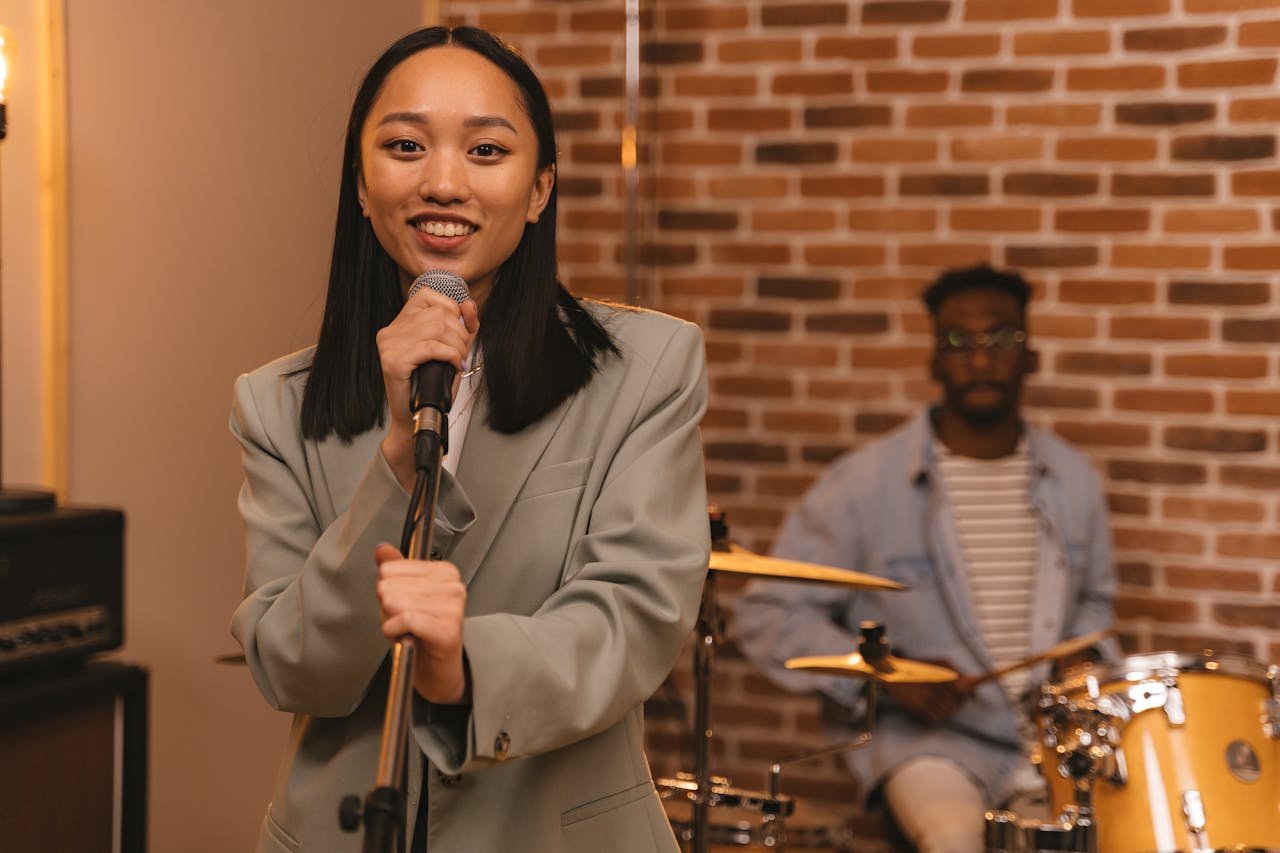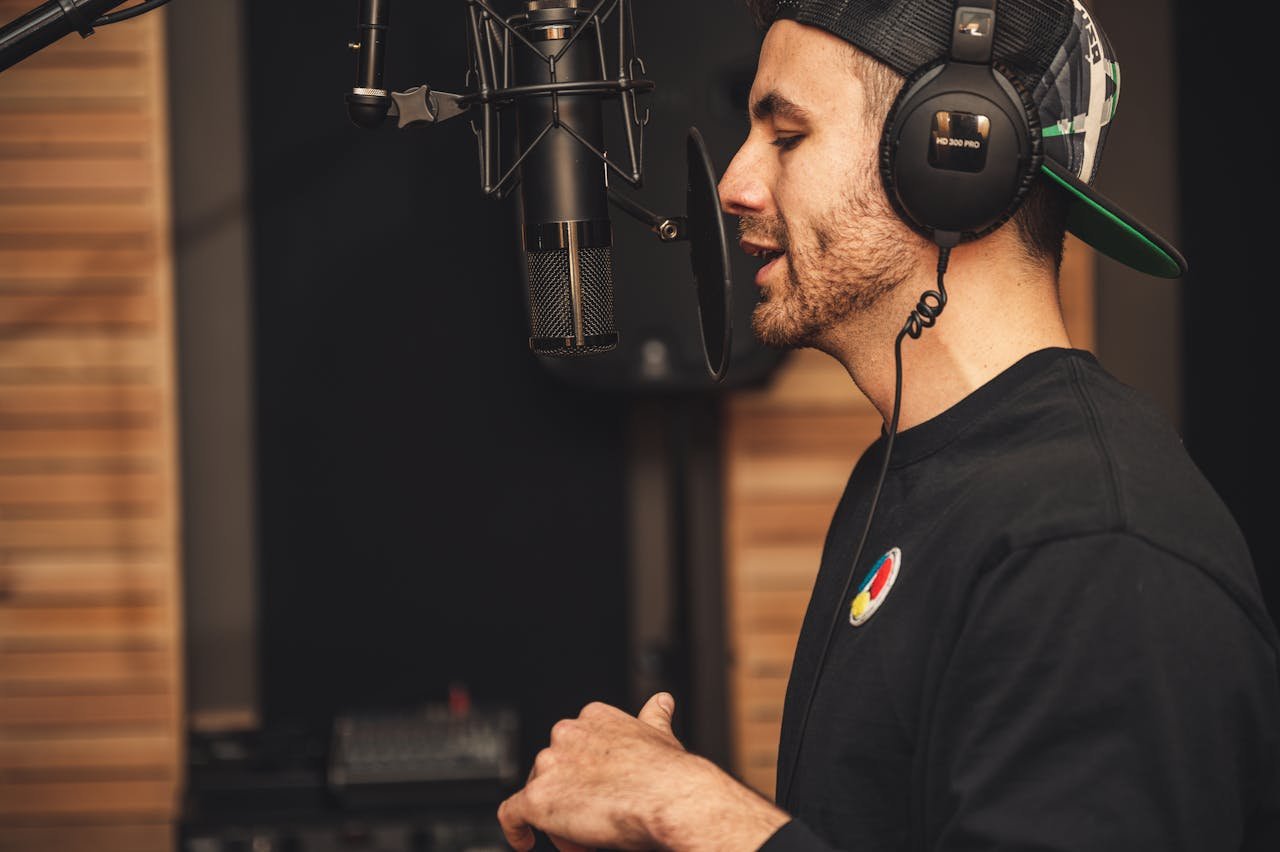
How to Start Your Journey as an Independent Artist
Embarking on a career as an independent artist is an exciting and rewarding adventure. With the rise of accessible technology and online platforms, there’s never been a better time to take control of your music and connect with a global audience. However, navigating this path requires focus, dedication, and a plan to stand out in the ever-growing indie music scene.
What Does It Mean to Be an Independent Artist?
Being an independent artist means you’re not signed to a major label, giving you the freedom to create, release, and promote your music on your own terms. While this independence allows for complete creative control, it also means you’re responsible for every aspect of your career—from recording and distribution to marketing and branding.
Setting Up Your Recording Space
A key step in your journey is establishing a functional home studio. You don’t need a state-of-the-art setup to start; a computer, a digital audio workstation (DAW), a decent microphone, and headphones can go a long way. Focus on creating a quiet space with good acoustics where you can experiment and refine your sound.
Invest in learning how to use your equipment effectively. Tutorials, online courses, and forums are excellent resources to help you master the technical side of recording, giving you the tools to produce professional-quality tracks from home.
Understanding Distribution Platforms
Gone are the days when artists needed a record label to distribute their music. Platforms like DistroKid, TuneCore, and CD Baby allow independent musicians to upload their tracks directly to streaming services like Spotify, Apple Music, and YouTube. By taking advantage of these platforms, you can make your music accessible to a global audience.
When releasing your music, focus on creating a cohesive brand. Your album artwork, artist bio, and social media presence should reflect your unique style and resonate with your target audience.
Building Your Network and Audience
Networking is essential for independent artists. Start by engaging with local music communities, attending open mic nights, or collaborating with other artists. Social media platforms like Instagram, TikTok, and Twitter are invaluable tools for connecting with fans and industry professionals.
Consistency is key. Regularly post updates, share snippets of your work, and interact with your followers. Over time, you’ll build a loyal fanbase that supports and promotes your music organically.
Starting your journey as an independent artist requires passion, patience, and persistence. With the right mindset and a strategic approach, you can carve out your space in the music industry and bring your vision to life.






